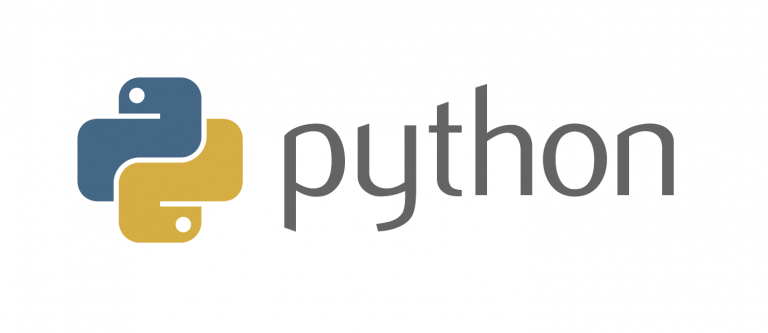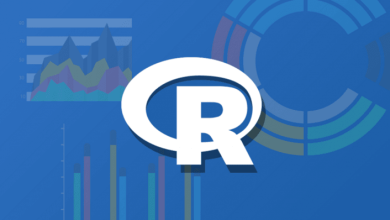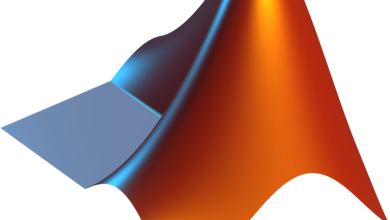Complete Review of Python with Installation Guide
A programming language with clear and readable syntax

Introduction to Python
Python is a programming language.
Introduction to Python
Python is a programming language that was developed by Guido van Rossum, the programmer who started working on the project in the 1980s while working at the Centre for Mathematics and Informatics (CWI) in the Netherlands. He had in mind to create a language that was intended to be simple and accessible while relying on an expressive syntax.
So, the first version of Python was released in 1991, it laid the foundations of the language, but also of its features, structures and functions. Subsequent versions have integrated important improvements, including exception handling which arrived with Python 2.0, the latter having been released in 2000.
Along with the addition of new features, Python has won over the public with its clear syntax, ease of learning, and most importantly, its vast versatility. Even today, it remains widely used for many application areas.
In addition, Python can count on a very active and committed community of developers, which takes care of the language itself, but also of its packages, frameworks and tools.
Specifications
| Version | 3.12.2 |
| Date updated | 05/07/2024 |
| License | Free Software |
| Operating systems | Linux, macOS, Windows 32-bit – 8/10/11, Windows 64-bit – 8/10/11 |
| Category | Software creation |
| Editor’s note |
How to use programming language?
Downloading Python gives you the opportunity to enjoy a versatile programming language that offers many features. On the one hand, it stands out with a simple and easy-to-read syntax, this is visible by its significant indentation which is used to delimit the blocks of code for better reading. You therefore save time in writing and the readability of your code, especially when you are looking for an error.
In addition, Python includes a rich standard library, it is a base that can help you in many areas, including file and string processing, data analysis, networking, databases, mathematics, graph generation and others. Moreover, the language also applies to many applications, including web development, artificial intelligence or data analysis.
On the other hand, it should be noted that Python is presented as an interpreted language, which means that the code is executed line by line as it is interpreted. In short, this feature tends to facilitate the development and debugging of the code, especially since it has an interactive mode, so you can enter and execute instructions directly from a console.
On the other hand, Python is also an object-oriented language, so developers are able to create classes, objects, and use inheritance and polymorphism to organize and structure their code. In addition, the language can integrate with others, including C, C++, Java, and .NET.
One of the last elements that characterize Python is its extensibility since it gives developers the possibility to integrate external modules and libraries thanks to a package management system called pip.
Downloading Python is possible from a computer if it runs Windows, macOS or Linux. You have several options to choose from, knowing that the basic edition remains that of the Python Software Foundation, it is called CPython.
At the same time, you should remember to check the architecture of your PC if it is running Windows when you install Python. The best is to go for the 64-bit version, as it is more popular and lighter.
Python is a free programming language, so you can use it without any limits.
Python in a nutshell
- A versatile language used in many fields (web development, data analysis, artificial intelligence, etc.)
- Clear and readable syntax
- An active community contributing to the creation of libraries, frameworks and tools

